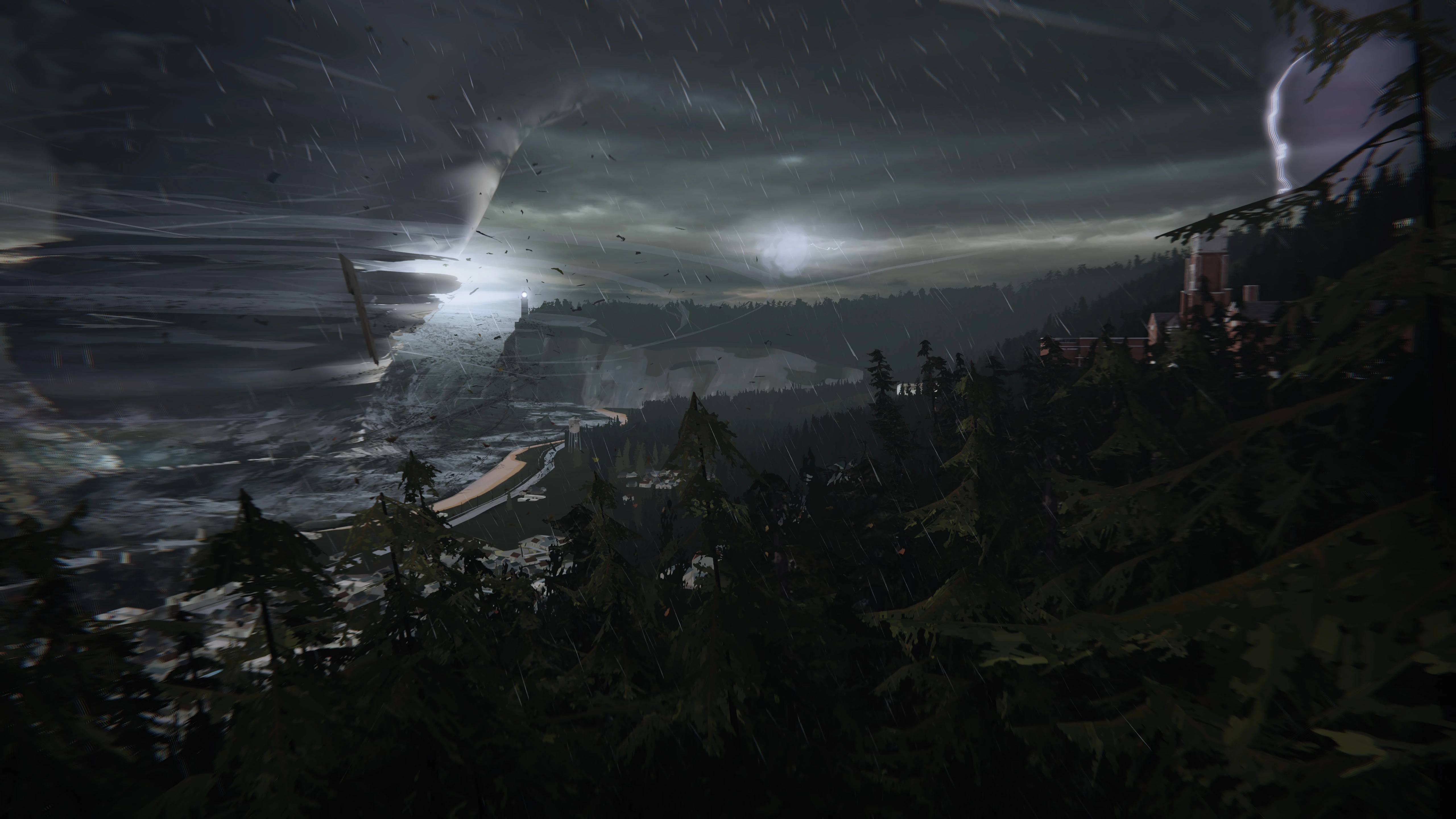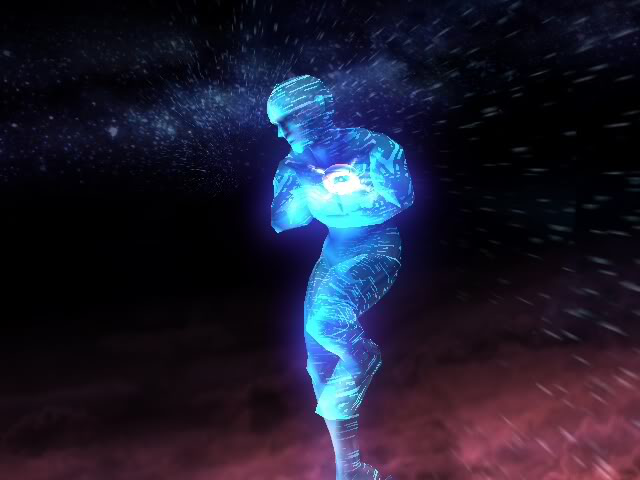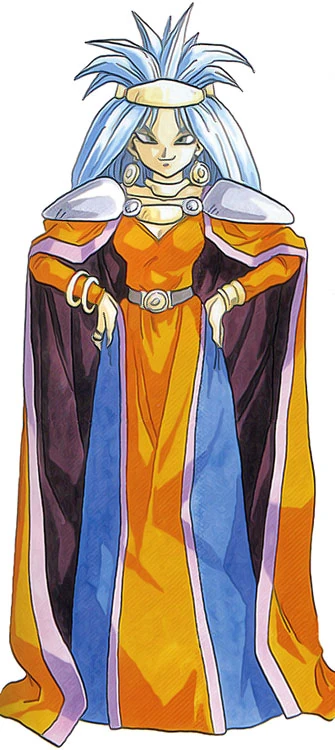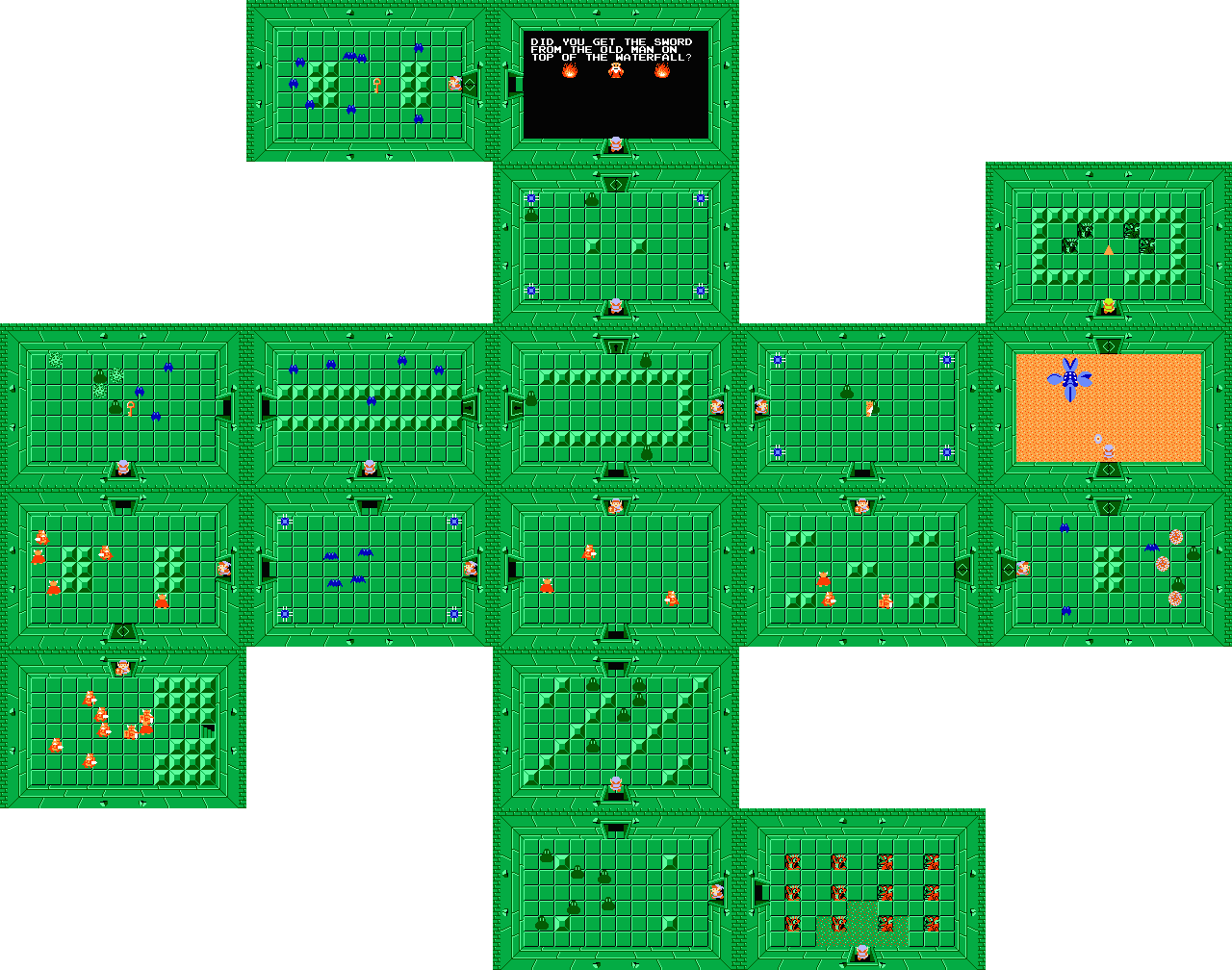 |
| Front Cover |
(3/26/2016) --- Life is Strange but surely is beautiful. I don't regret waiting for the game almost a year later in order to play it, it let me enjoy to the fullest. What I find fantastic about the game is the interaction that it gives the player towards creating predestination paradoxes through the entire course of the episodes.
The game centers on Maxine "Max" Caulfield who after waking up from a nightmare within her photography teacher Mark Jefferson and later going to the restroom of the school she attends and witnessing the murder (without even knowing of her best friend) of Chloe Price she discovers that she can rewind time but as well manipulate it on a certain extent.
Max abilities comes with a price, every time she manipulates time she gets some health issues manifested towards headache, bleeding through her nose and loosing her conscious. The biggest repercussion Max have because through the use of her powers is that every time she interact with the fabric of reality she brings destruction to everyone around her.
What is entertaining about the game is how it explores the possibilities of different scenarios if the person has the power to re-do them. The actions you take, even if they are unrelated will have a repercussion later (1). It is almost related as trial and error but as well interaction between a global ecosystem.
The interactions between Max and her environment doesn't seem to be connected at first, in fact after Max wakes up from the nightmare and realizing that it could be that, just a nightmare. A storm creating a destruction path around Arcadia Bay; at first is difficult for Max to know why she was suddenly in the middle of a storm while walking on to her way on the top of the hill where the lighthouse was located (2)
The idea that maybe Max instead of having nightmares or having foreseen the future could be ambiguous, instead she could be at that exact moment where the town she grow up to be destroyed, She mentions it feel real when she walking on the top of the lighthouse cliff and feel the wind, only for her to wake up moments later in her classroom.
To think that maybe that moment where she was going to die on the cliff wasn't a nightmare but a moment in time where she "jumped" (3) from a failed attempt to save Chloe and or Arcadia Bay and went back to the beginning of her time frame in order to re-do things over, but due the stress of being annihilated she developed some form of amnesia that prevented her to use the full extent of her abilities to manipulate time itself.
If Max could manipulate the general and relativity's, and move herself to the same coordinates in space time, where she finds herself an anchor she could essentially master her abilities to prevent certain moments in history. The idea is shown in Max's affinity to photographs in which she can travel back and forth if she has a relation to the photo (4) but thus creating a paradox or a causality.
Life is Strange deals with some ethical decisions about what to do to save someone, but also it is incredibly similar to a 2011 game named Cognition: An Erica Reed Thriller (5), in which the protagonist a detective had some form of psychometric skills and let her see the objects history as well to interact with the past by possessing a certain individuals as well to alter the events of the future. Also both protagonist share a same sex attraction and their romantic half sacrifice themselves or are OK with the sacrifice in order to have their loved ones have a better life.
The game is quite enjoyable, it is well written, it is engaging into the gaming experience. The gameplay is extremely easy to master but one aspect of the controllers at least for PS4 is that is difficult to aim at certain objects in order to interact with them, such as opening the window to save the blue-jay or in the very beginning to move the utility bucket to grab the hammer and save Chloe from her first assassination.
The camera itself is quite friendly with the surroundings, always being half a frame from Max's waist up. The background music is just amazing as it have a catologue of indie compositions that fit so perfectly on the melancholic tones seen in the scenario, giving the game a sad atmosphere. It is just charming as well moving in which the experience seems to be a dream within a dream.
I really hope in the future there is a sequel or at least a spiritual one that will give more information about someone else with similar powers and how Max and Chloe could help that person, all of course depends on the decisions took by the player on the first five chapters of the game. Even so, it would be fun to see Mark Jefferson as the protagonist of his own game and explore his descent to becoming a murderer.
References:
The game centers on Maxine "Max" Caulfield who after waking up from a nightmare within her photography teacher Mark Jefferson and later going to the restroom of the school she attends and witnessing the murder (without even knowing of her best friend) of Chloe Price she discovers that she can rewind time but as well manipulate it on a certain extent.
Max abilities comes with a price, every time she manipulates time she gets some health issues manifested towards headache, bleeding through her nose and loosing her conscious. The biggest repercussion Max have because through the use of her powers is that every time she interact with the fabric of reality she brings destruction to everyone around her.
 |
| Illuminatis? |
The interactions between Max and her environment doesn't seem to be connected at first, in fact after Max wakes up from the nightmare and realizing that it could be that, just a nightmare. A storm creating a destruction path around Arcadia Bay; at first is difficult for Max to know why she was suddenly in the middle of a storm while walking on to her way on the top of the hill where the lighthouse was located (2)
 |
| Arcadia Bay - Polarized |
To think that maybe that moment where she was going to die on the cliff wasn't a nightmare but a moment in time where she "jumped" (3) from a failed attempt to save Chloe and or Arcadia Bay and went back to the beginning of her time frame in order to re-do things over, but due the stress of being annihilated she developed some form of amnesia that prevented her to use the full extent of her abilities to manipulate time itself.
 |
| Mr. Jefferson Class |
Life is Strange deals with some ethical decisions about what to do to save someone, but also it is incredibly similar to a 2011 game named Cognition: An Erica Reed Thriller (5), in which the protagonist a detective had some form of psychometric skills and let her see the objects history as well to interact with the past by possessing a certain individuals as well to alter the events of the future. Also both protagonist share a same sex attraction and their romantic half sacrifice themselves or are OK with the sacrifice in order to have their loved ones have a better life.
 |
| Cognition Cover |
The camera itself is quite friendly with the surroundings, always being half a frame from Max's waist up. The background music is just amazing as it have a catologue of indie compositions that fit so perfectly on the melancholic tones seen in the scenario, giving the game a sad atmosphere. It is just charming as well moving in which the experience seems to be a dream within a dream.
I really hope in the future there is a sequel or at least a spiritual one that will give more information about someone else with similar powers and how Max and Chloe could help that person, all of course depends on the decisions took by the player on the first five chapters of the game. Even so, it would be fun to see Mark Jefferson as the protagonist of his own game and explore his descent to becoming a murderer.
References:
- https://en.wikipedia.org/wiki/Butterfly_effect
- http://life-is-strange.wikia.com/wiki/Arcadia_Bay
- http://life-is-strange.wikia.com/wiki/Max_Caulfield#Powers_and_Abilities
- https://en.wikipedia.org/wiki/Time_travel#Backward_time_travel
- http://www.adventureclassicgaming.com/index.php/site/reviews/769/












